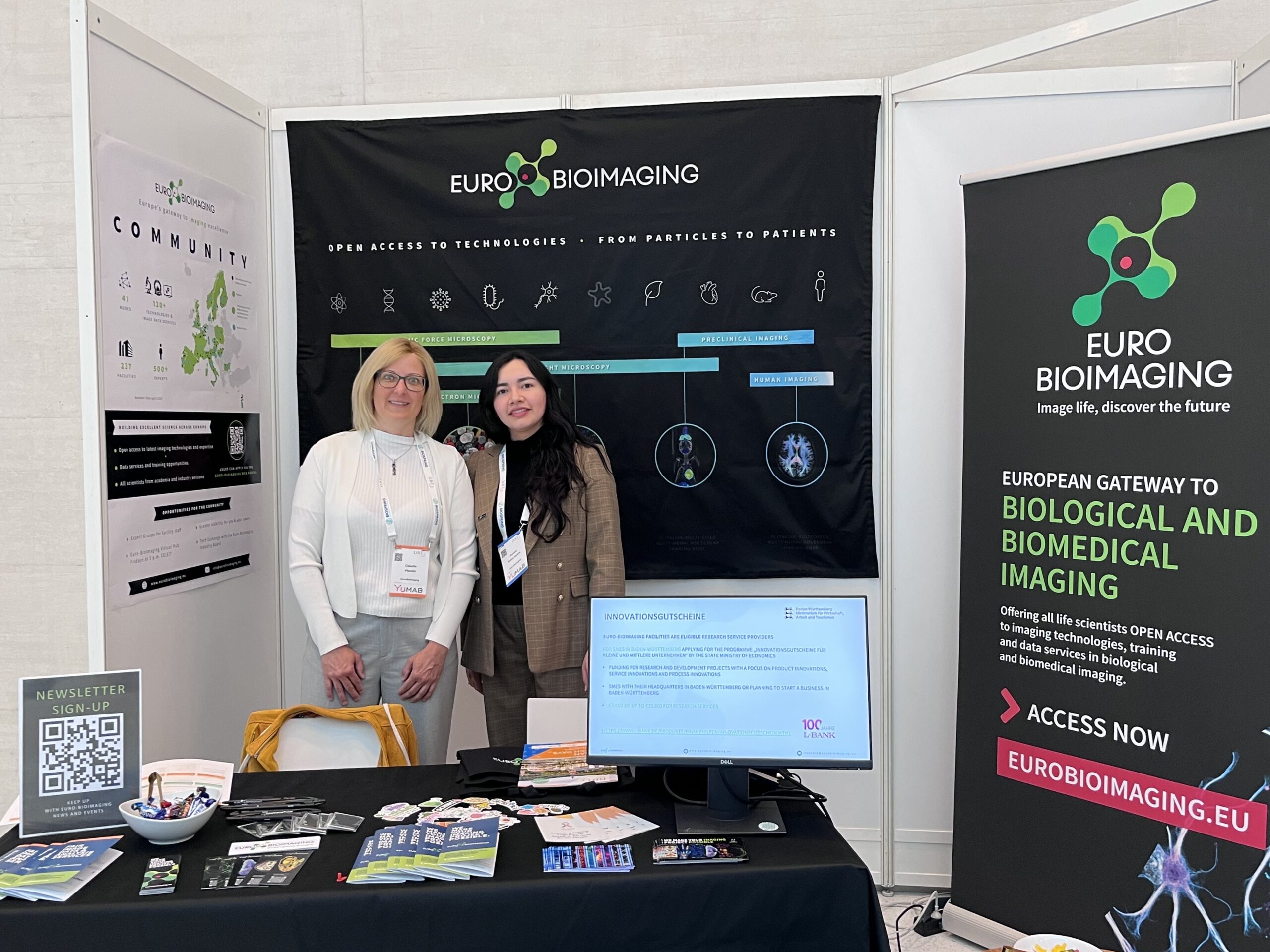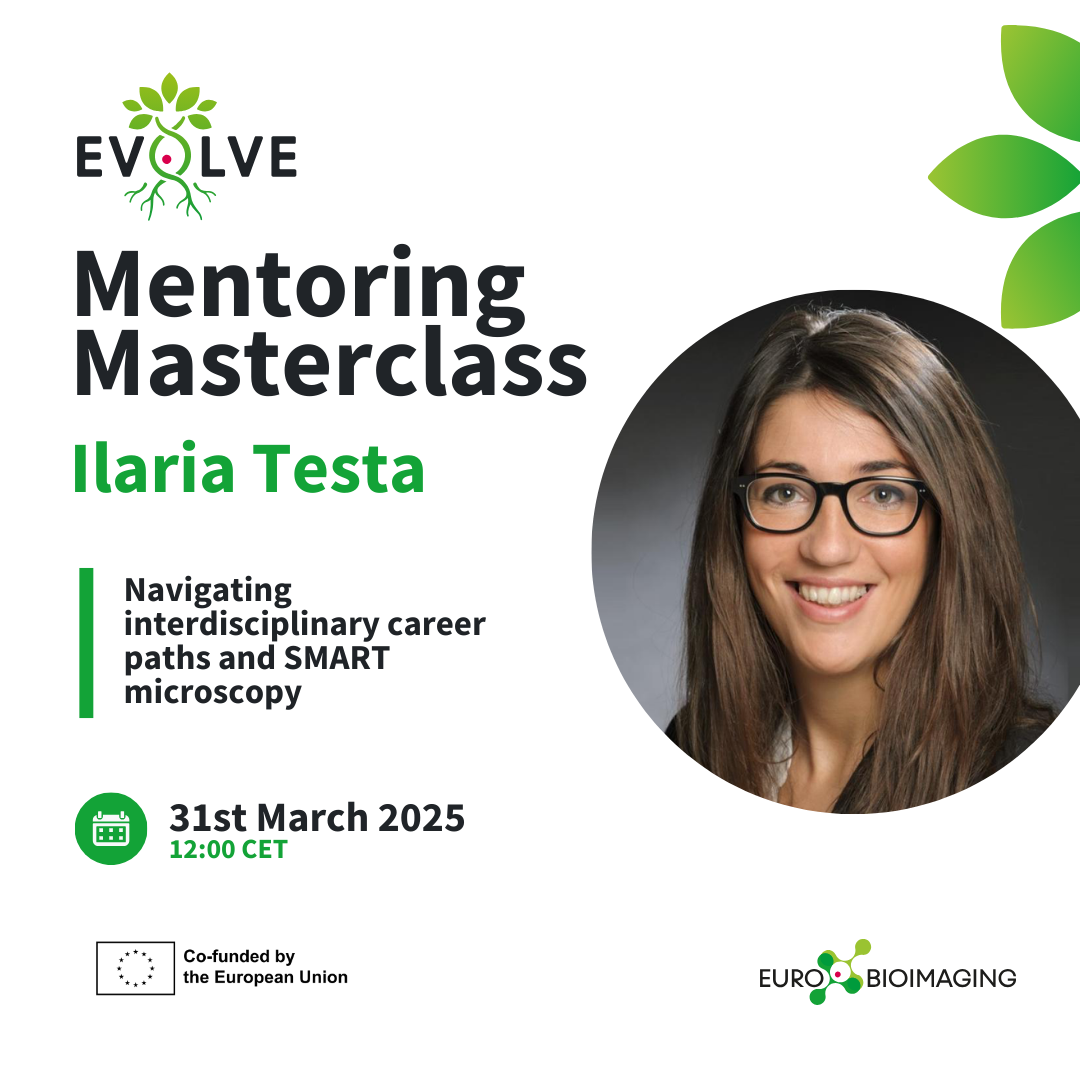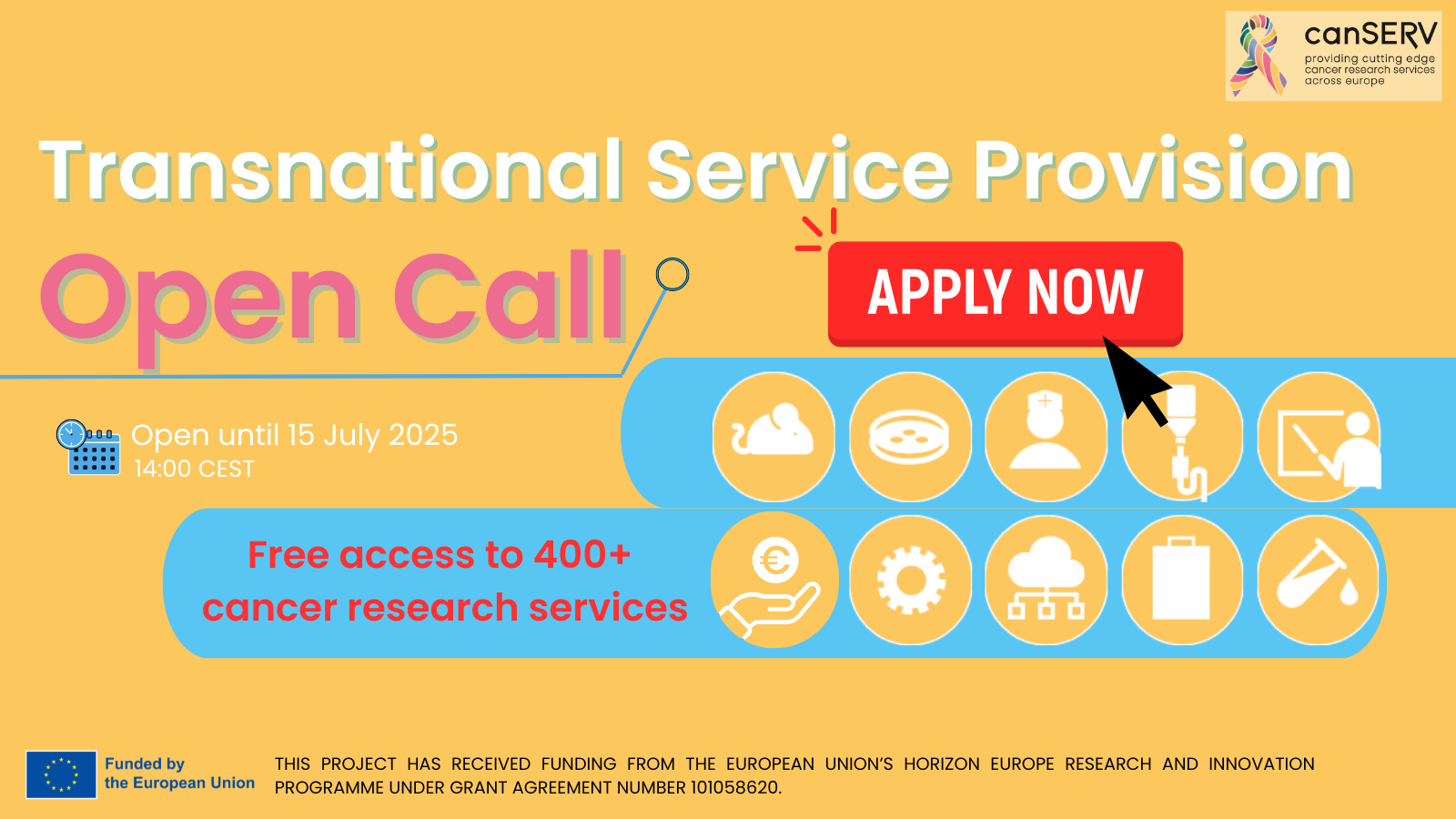
Micro X-ray fluorescence spectrometry (XRF) expertise at Austria BioImaging
Tell us a bit about yourselves, your team and where you are based.
We are the X-ray physics group (https://ati.tuwien.ac.at/forschungsgruppen/strahlenphysik/forschung/roentgenphysik/) in the research area radiation physics of the Atominstitut of the TU Wien located in the Prater area of Vienna, Austria. Our group is dealing with X-ray spectrometry; we perform non-destructive elemental analysis of various samples, and we are particularly interested in biological samples. Christina Streli is the head of the group and professor for X-ray physics. Anna Turyanskaya is nearly finished PhD student in the group dealing with the topic of bioimaging, namely analysis of trace elements in bone. Dieter Ingerle is the postdoc, who is responsible for support during experiments.

We are today talking about Micro X-ray fluorescence spectrometry (XRF). Please provide a short summary of this type of imaging and list some applications:
Micro-X-Ray Fluorescence Spectrometry (XRF) allows the qualitative analysis of the elemental composition of solid samples. The detected signal results from the emission of element-characteristic fluorescence X-rays when a sample is bombarded with high-energy X-rays. This means that we can generate a 2D map of the distribution of different elements in a sample.
Different XRF setups are available, which offer confocal (3D) or non-confocal (2D) modes. One setup uses polychromatic radiation from a Rhodium X-ray tube for excitation of elements with low, medium and high atomic numbers. These measurements can be performed in either air or vacuum. The fluorescence signal that results from the X-ray radiation is detected using a specialised Si(Li) detector with an ultrathin window, which means that we can detect elements from Uranium down to Magnesium or Sodium if the measurement is done in vacuum. XRF also has quite a good spatial resolution, with around 50 µm.
We also have a second micro-XRF setup which uses focused monochromatic Mo-Ka radiation from a 2 kW Mo anode X-ray tube. The polycapillary optics in this system produce a beam of 15 µm diameter. This systems allows only measurements under environmental conditions, that is in air, which means that lighter elements cannot be detected.
Possible applications of XRF include the investigation of element distribution in tissues, like bone, uptake of specific elements by tumorous tissue or foreign bodies within tissues and organs, e.g. implants.
Tell us a bit more about a specific project that was done in your facility using this technology? What scientific questions were you addressing?
Within the last 10 years our group investigated trace elements in bone samples, cooperating with bone researchers around the world. We were exploring new materials for orthopaedic applications, for example we studied the degradation process of Magnesium-based bioresorbable implants (https://doi.org/10.3390/ma9100811) and examined whether titanium coating can improve the stability of implant alloys (https://doi.org/10.1016/j.apsusc.2015.09.248).
Certain medications and therapies can affect the quality and thus the elemental composition of bone tissue – therefore, XRF is the method of choice for investigations into these effects. We were happy to contribute to the project studying the effects of an osteoporosis treatment based on strontium (https://doi.org/10.1002/xrs.3127); and a study of bisphosphonate-treatment combined with several physical therapies on jawbone (https://doi.org/10.1039/d0an02373f).
All the examples above were done using rodent bones, but we can also work with human biopsies, for example, one of our most recent papers reports the correlated analysis of human bone-cartilage samples (https://doi.org/10.1039/d1ja00007a).
XRF is, however, not limited to bone analysis, and other biological samples/tissues can be investigated as well. In a recent collaboration we investigated calcifications within blood vessels (https://doi.org/10.1016/bs.mcb.2020.10.002, also the image below).

Turyanskaya, A., Rauwolf, M., Grünewald, T. A., Meischel, M., Stanzl-Tschegg, S., Löffler, J. F., … Streli, C. (2016). μXRF elemental mapping of bioresorbable magnesium-based implants in bone. Materials, 9(10). https://doi.org/10.3390/ma9100811
Bilo, F., Borgese, L., Prost, J., Rauwolf, M., Turyanskaya, A., Wobrauschek, P., … Depero, L. E. (2015). Atomic layer deposition to prevent metal transfer from implants: An X-ray fluorescence study. Applied Surface Science, 359. https://doi.org/10.1016/j.apsusc.2015.09.248
Cardenas, D., Turyanskaya, A., Rauwolf, M., Panahifar, A., Cooper, D., Wohl, G. R., … Pejović-Milić, A. (2020). Determining elemental strontium distribution in rat bones treated with strontium ranelate and strontium citrate using 2D micro-XRF and 3D dual energy K-edge subtraction synchrotron imaging. X-Ray Spectrometry. https://doi.org/10.1002/xrs.3127
Reier, S., Turyanskaya, A., Heimel, P., Frischauf, N., Meusburger, D., Heuser, T., … Walter, A. (2021). Cross-modality imaging of bisphosphonate-treated murine jawbones. The Analyst. https://doi.org/10.1039/d0an02373f
Turyanskaya, A., Smetaczek, S., Pichler, V., Rauwolf, M., Perneczky, L., Roschger, A., … Streli, C. (2021). Correlation of μXRF and LA-ICP-MS in the analysis of a human bone-cartilage sample. Journal of Analytical Atomic Spectrometry. https://doi.org/10.1039/d1ja00007a
Keuenhof, K., Heimel, P., Zopf, L. M., Raigel, M., Turyanskaya, A., Kavirayani, A., … Walter, A. (2021). Multimodality imaging beyond CLEM: Showcases of combined in-vivo preclinical imaging and ex-vivo microscopy to detect murine mural vascular lesions. Methods in Cell Biology, 162, 389–415. https://doi.org/10.1016/bs.mcb.2020.10.002
Why is Micro X-ray fluorescence spectrometry (XRF) best suited to address these kind of question?
One of the big advantages of Micro-XRF is that it is a non-destructive technique and therefore allows subsequent analysis by other methods in correlative workflows. Due to the fact, that the sample is not destroyed during the analysis, combinations with other methods such as LA-ICP-MS, MALDI, computer tomography, AFM is possible. The detection limits are also lower than for electron microscopy and analysis in ambient conditions is possible.

What other services do you provide in your facility that would be useful in combination with this type of imaging?
Several other XRF-based techniques/machines are availble in our labs. One of such techniques is TXRF (total reflection XRF), a method for trace element analyis of samples with reduced sample mass and detection limits in the ng/g range (preferably for the samples in liquid form). The method offers easy quantification and simple sample preparation. One of our TXRF spectrometers is suited for the analysis of low atomic mass elements down to Carbon.
We also offer a macroscopic X-ray scanner with 1 mm resolution for elemental prescreening of the sample (”rough” images with low resolution are possible), and last but not least – an EDXRF (energy dispersive XRF) spectrometer which allows for bulk quantitative analysis of samples.
Why should scientists choose your facility for using this technology?
Our group offers long time experience in XRF and flexibility to solve specific analytical problems. Various X-ray spectrometers are available for different applications.
How to apply:
All scientists, regardless of their affiliation, area of expertise or field of activity can benefit from Euro-BioImaging’s pan-European open access services. Potential users of these new technologies are encouraged to submit project proposals via our website. To do so, you can LogIn to access our application platform, choose the technology you want to use and the facility you wish to visit, then submit your proposal. All applications will be processed by the Euro-BioImaging Hub. As usual, users will benefit from advice and guidance by technical experts working at the Nodes, training opportunities, and data management services.
For more information: info@eurobioimaging.eu
More news from Euro-BioImaging


April 17, 2025
Ilaria Testa lights up EVOLVE Mentoring Masterclass on interdisciplinary science, SMART microscopy and team building
In a compelling EVOLVE Mentoring Masterclass hosted by Euro-BioImaging, Professor Ilaria Testa offered a multifaceted look into her scientific journey, from her interdisciplinary path…
